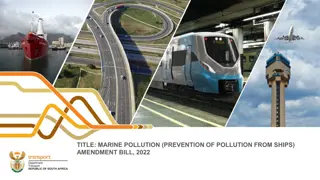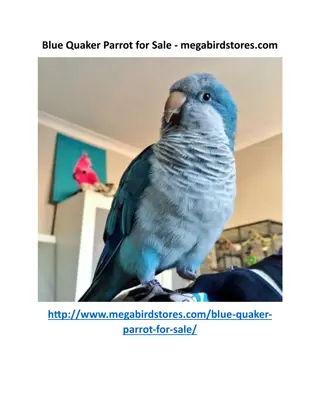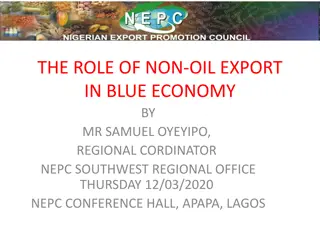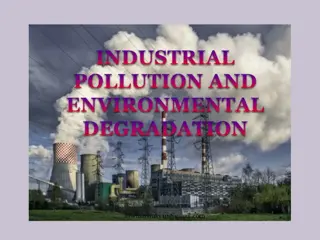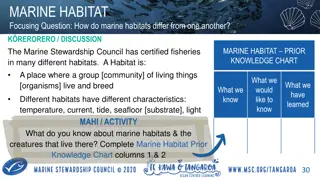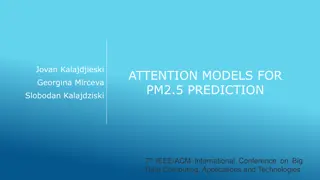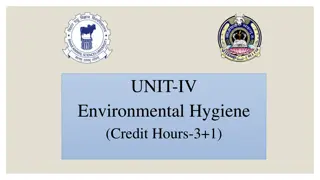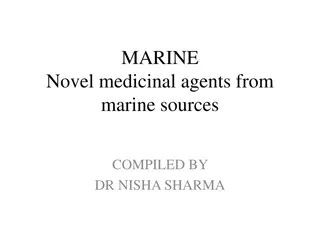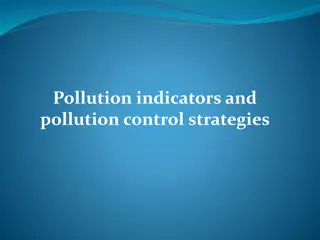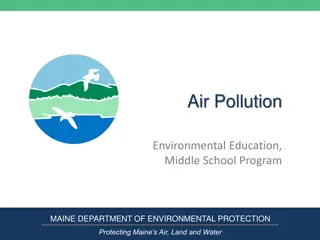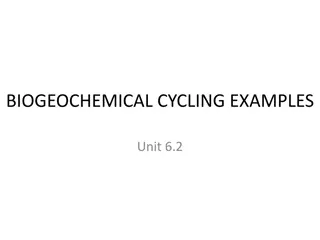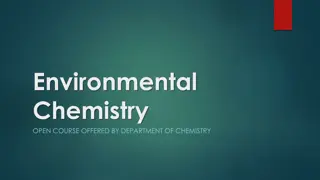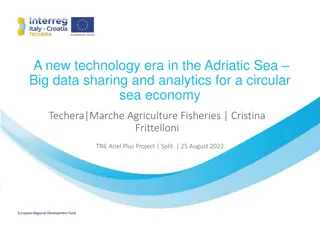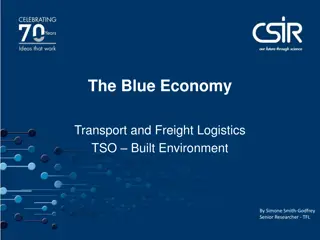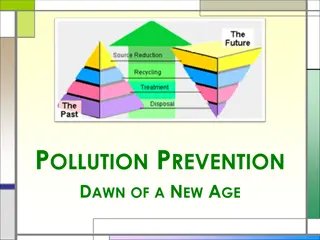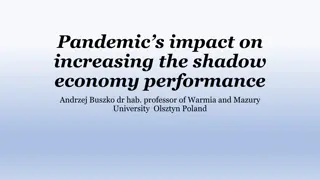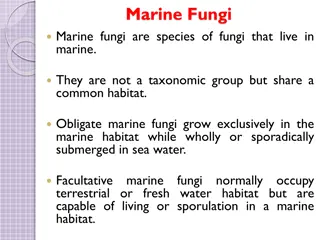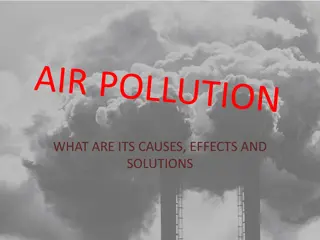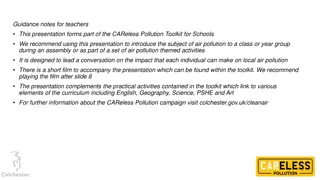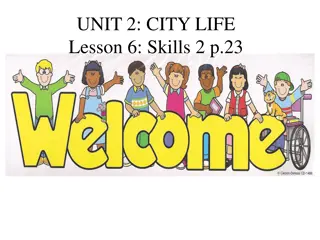The Blue Economy and Marine Pollution: A Comprehensive Overview
The presentation outlines the thriving ocean economy, the concept of the Blue Economy, the World Bank's approach, risks faced by oceans, and the impact of marine pollution on Small Island Developing States and coastal regions. It emphasizes sustainable development of oceanic activities, collaboration across sectors, and showcases examples like the SWIOFish program in the Seychelles. The Blue Economy aims for integrated use of ocean resources while ensuring sustainability and economic growth.
Download Presentation

Please find below an Image/Link to download the presentation.
The content on the website is provided AS IS for your information and personal use only. It may not be sold, licensed, or shared on other websites without obtaining consent from the author. Download presentation by click this link. If you encounter any issues during the download, it is possible that the publisher has removed the file from their server.
E N D
Presentation Transcript
Blue Economy & Marine Pollution KARIN KEMPER, SENIOR DIRECTOR, ENVIRONMENT AND NATURAL RESOURCES 13 APRIL 2019
Presentation Outline 1 The Ocean Economy 2 What is the Blue Economy? 3 World Bank Approach/Blue Economy Action plan 4 Risks Faced by Our Oceans 5 Marine Pollution in SIDS and coastal states PROBLUE 6
The Ocean Economy is Thriving Globally, 1 in 10 livelihoods depends on fisheries (FAO) The Ocean Economy will double to $3 trillion by 2030 Ocean-based economic added value by sector in 2010 (OECD) 80% of all goods traded internationally are shipped across oceans The oceanic tourism industry is growing fast (added value to double between 2010 and 2030, OECD) Oceans are the largest carbon sink on earth SIDS and coastal states are particularly reliant on fish protein Small-scale fisheries account for around 60 millions jobs in the primary sector (FAO)
What is the Blue Economy? Sustainable and integrated development of oceanic activities in a healthy ocean Policies that determine whether the use of oceanic resources is sustainable Both the traditional ocean uses such as fisheries, tourism, maritime transport but also new and emerging activities offshore renewable energy, aquaculture, bioprospecting, etc. Collaboration across nation-states and across the public-private sectors, and on a scale that has not previously been achieved
World Bank Approach to Blue Economy Blue Economy Action Plan Enabling Environment Knowledge Management and Innovation Public and Private Investment Governance, Fiscal, & Financial Regimes Gender Climate Change
One example: The SWIOFish program Aims to improve fisheries management at regional, national and community level Enhanced regional collaboration Improved governance at country-level Increased economic benefits Supports the coordination mechanism that allows SIDS to go beyond fisheries. For instance in the Seychelles: Knowledge on climate & disaster risks related to waste management Blue Bond issued to finance the sustainability agenda
Our Oceans Also Face Many Risks Climate change: Warmer oceans mean fisheries productivity decreases, ocean acidification leads to the destruction of habitats, etc. Fishing: Over-exploitation of fisheries beyond what the oceans can sustain Trade-off between long-term sustainability and short-term growth Scarcity of sustainable aquaculture production models Pollution jeopardizes tourism, fisheries and seafood safety
Marine pollution is a threat to the Blue Economy WBG approach: INVEST Information & Analytical Work Multisector Investments and Policy Reforms INNOVATE PROBLUE, blue bonds SIDS Customized Models MULTIPLE SOURCES on land and at sea IMPACTS Beyond marine ecosystems Socio-economic sectors that are key for SIDS: tourism, fisheries, health, coastal development
Caribbean Joining Global Movement to Address Marine Pollution WB support to the Blue Economy in the Caribbean: Report: Not a minute to Waste Bans on single-use plastics or styrofoam are in place in 14 Caribbean countries
Customizing solutions to the Pacific Islands challenges Fiji Eastern Pacific Regional Recycling Network Scoping Study Roadmap for 1st hub of a regional recycling network Pacific Islands Regional Oceanscape Program: coastal pollution Kiribati: specific component dedicated to seafood safety and toxicity RMI: assessment of pollution loads in coastal fish and measures to reduce pollution
PROBLUE Multi-Donor Platform for Blue Economy Pillar 4 Pillar 1 Pillar 3 Pillar 2 Integrated Seascape Approach Improved Fisheries Governance Blueing of Oceanic Sectors Marine Pollution Management, including Marine Litter (Plastics) Goal: To achieve integrated and sustainable economic development in healthy oceans Targeted TA throughout the project cycle Global knowledge products & tools Investments
Thank you. www.worldbank.org/environment www.worldbank.org/smallstates




